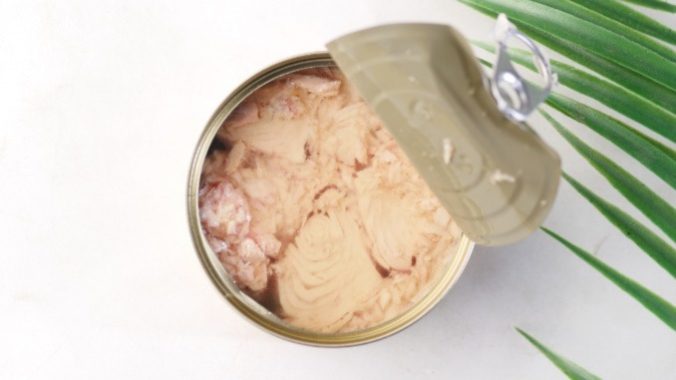Let’s Not Forget About Canned Seafood in the Midst of the Tinned Fish Craze
Photo by Towfiqu Barbhuiya/Pexels
If you’ve read the food headlines lately (or just gone out to eat), you’ve probably come across the tinned fish trend. It’s seemingly everywhere, from restaurants like New York’s Maiden Lane and Boston’s haley.henry to Chef Ali Hooke’s popular tinned fish date night videos on TikTok. Specialty food and wine shops in major cities are now selling pricey conservas, and direct-to-consumer brands like Fishwife and Tiny Fish Co. are ensuring that consumers in every part of the country can get their tinned fish fix.
Although it may seem like the tinned fish trend has popped up recently, we’re actually already a few years into its latest revival. All the way back in 2018, Zoe Dubno wrote about the prevalence of tinned fish in restaurants in New York for Garage. By 2020, tinned fish was seriously catching on beyond the Big Apple as former restaurant-goers found themselves stuck at home. We were all looking for a fun food experience that didn’t involve risking a potentially fatal infection, and tinned fish offered just that. It felt fancy but was also portable and non-perishable—perfect for pandemic times.
But even as pandemic-era restrictions have eased and some of us are frequenting restaurants once again, tinned fish doesn’t seem to be losing its appeal. It’s now possible to find chili oil-infused mackerel, dill-seasoned sardines and tender squid conserved in its own ink even at shops and restaurants that never specialized in seafood in the past.
Admittedly, I am a tinned fish evangelist, and when my seafood-loving friends come over, I love to present them with oblong tins of salty, oily anchovies and spicy mussels instead of plying them with a subpar charcuterie board. However, I worry that in our quest for fancy fish, we’re overlooking some of the simplest, cheapest and, yes, delicious preserved seafoods out there: the budget-friendly canned tuna and salmon that we’ve forsaken for $9 tins of marinated rainbow trout. (I used “canned” here to describe the cheaper, less aesthetic pantry staple and “tinned” to denote higher-end, specialty preserved seafood, though I recognize that these two categories are not mutually exclusive.)
As grocery prices skyrocket, some of us are looking for more budget-friendly protein sources, and when you just can’t stomach paying $10 for five chicken legs, canned seafood starts looking like a more appealing option. If you’re used to buying chunk light tuna stored in water or you’re permanently scarred from your grandma’s old tuna noodle casserole recipe, a plain can of tuna or salmon might sound deeply unappealing, but hear me out: If you know what to buy and how to prepare it, plain old canned fish might become a pantry staple you actually look forward to eating.
Choose Canned Fish Packed in Oil, Not Water
If you’re looking for advice on how to eat the healthiest, least calorie-dense canned fish out there, I can’t help you. But if you want to make sure you’re getting the most flavorful and genuinely enjoyable canned fish, you should opt for tuna or salmon packed in oil. You won’t have to contend with the dryness often encountered with water-packed tuna, and the firmer texture is more reminiscent of fresh fish.
-

-

-

-

-

-

-

-

-

-

-

-

-

-

-

-

-

-

-

-

-

-

-

-

-

-

-

-

-

-

-

-

-

-

-

-

-

-

-

-








































